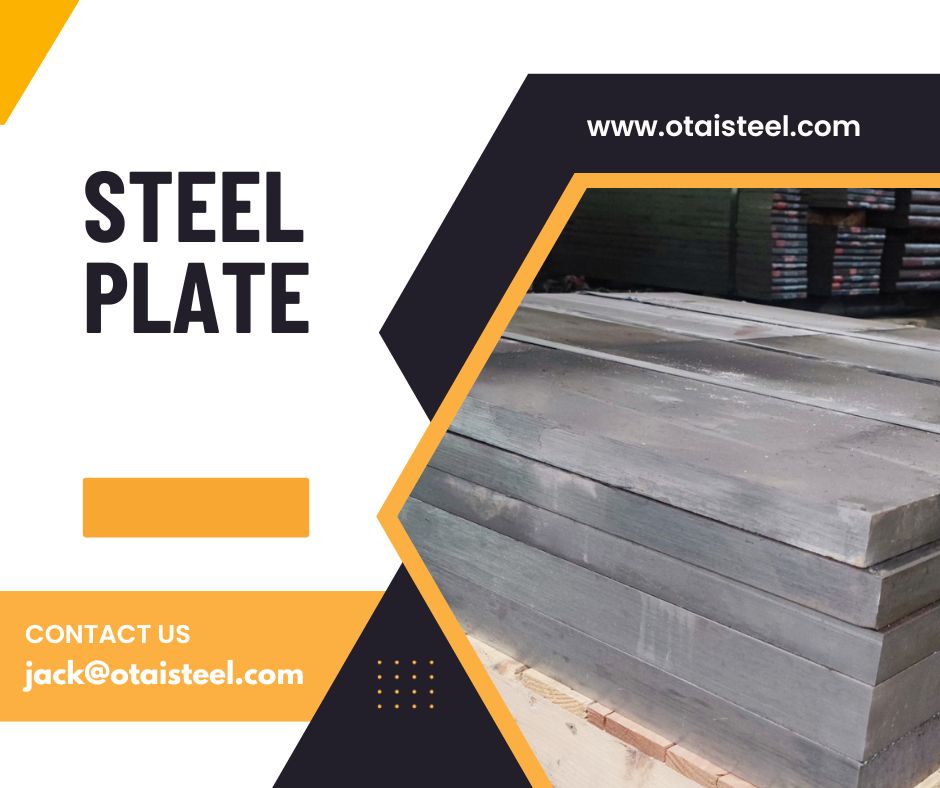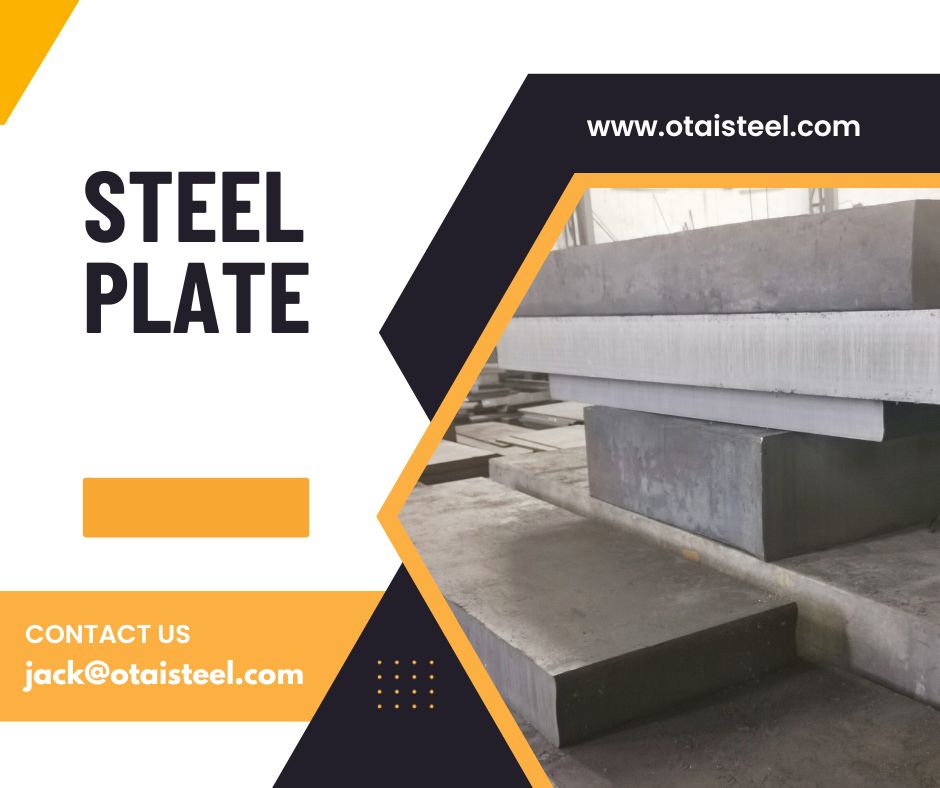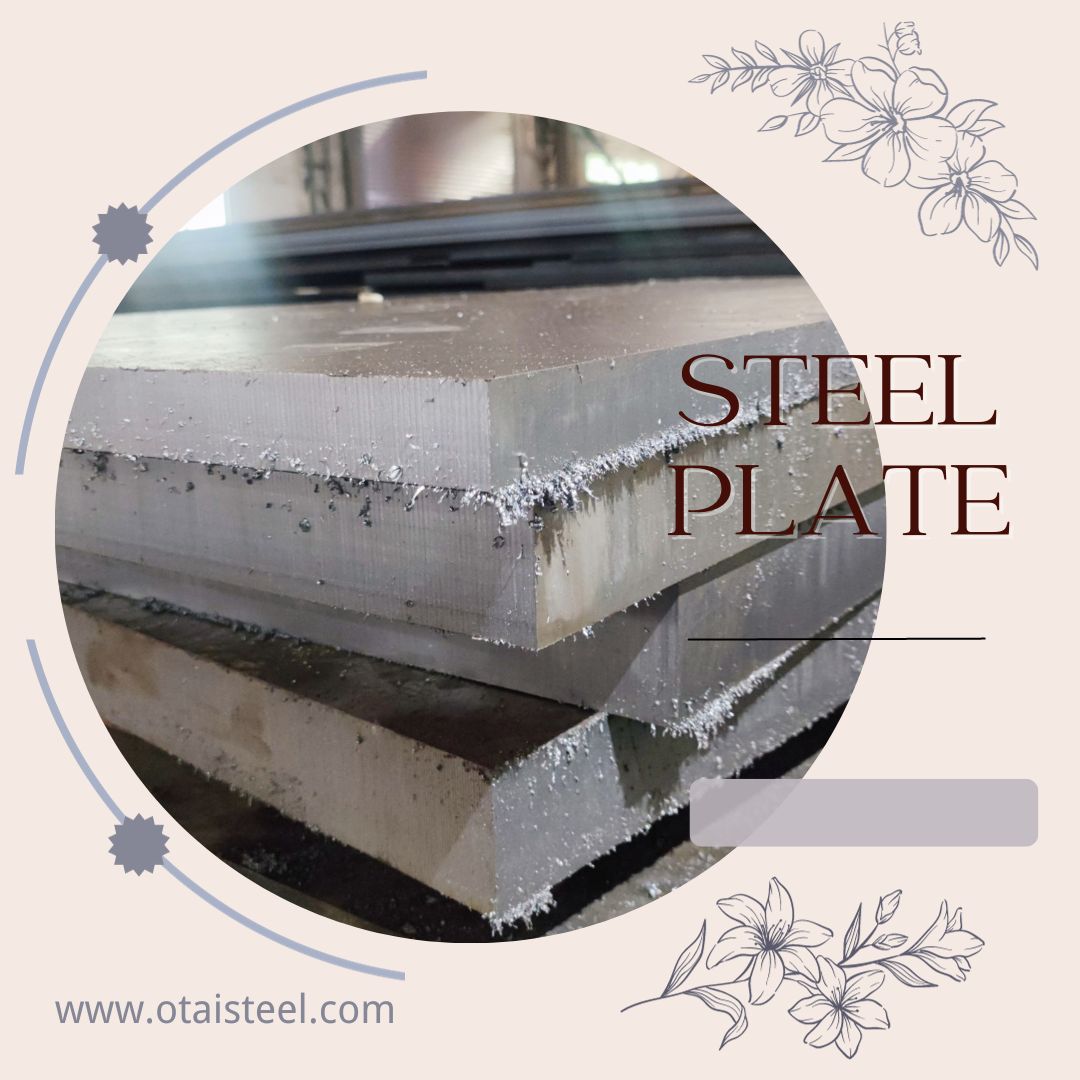30CrNiMo8 is a chromium-nickel-molybdenum alloy steel with excellent hardenability, making it well-suited for applications demanding high tensile and yield strength. Its versatility and robust mechanical properties make it a valuable resource in the construction industry.
1. Foundations of Strength: The Role of 30CrNiMo8 in Structural Components
The use of 30CrNiMo8 steel in construction is often centered around its ability to serve as a foundation for structural components. From beams to columns, the steel provides the necessary strength to support the weight and stresses borne by these elements.
2. High-Strength Bolting: Ensuring Structural Integrity
Bolting is a critical aspect of construction, and the high strength of 30CrNiMo8 steel makes it an ideal choice for bolts and fasteners. This ensures the structural integrity of buildings, bridges, and other infrastructure.
3. The Weldability Factor: Joining Forces in Construction
Weldability is a crucial consideration in construction projects. 30CrNiMo8, with its favorable welding characteristics, facilitates the seamless joining of structural components, contributing to the efficiency of the construction process.
4. Resistance to Environmental Factors: A Long-lasting Solution
Construction materials must withstand environmental challenges. 30CrNiMo8’s resistance to corrosion and environmental factors ensures that structures built with this steel have a prolonged lifespan, reducing maintenance needs.
5. Architectural Applications: Beyond Structural Components
Beyond the structural framework, 30CrNiMo8 finds applications in architectural elements. Its versatility allows for the creation of aesthetically pleasing and durable features, contributing to the overall design of structures.
6. Construction Machinery: Powering Project Execution
Construction sites are dynamic environments, and machinery plays a pivotal role. 30CrNiMo8 is employed in the manufacturing of construction machinery components, ensuring robustness and reliability in the execution of projects.
7. Future Trends: Innovations in Steel for Sustainable Construction
As the construction industry embraces sustainability, the role of advanced materials like 30CrNiMo8 is poised to expand. Innovations in steel production techniques and recycling methods contribute to environmentally conscious construction practices.
8. Regulatory Standards and Compliance: Building for Safety
Adherence to regulatory standards is paramount in construction. The use of materials like 30CrNiMo8 ensures compliance with safety and quality standards, providing peace of mind to builders, architects, and project stakeholders.
30CrNiMo8 steel stands as a cornerstone in the construction and infrastructure sector, offering a blend of strength, durability, and versatility. Its application in structural components, fasteners, architectural elements, and construction machinery positions it as a key player in shaping the built environment.
 In the realm of metallurgy, few materials have undergone a transformation as remarkable as 30CrNiMo8. What began as a steel alloy has evolved into a super alloy, redefining the boundaries of strength, durability, and versatility. This article delves into the captivating journey of 30CrNiMo8, tracing its evolution from a conventional steel to a super alloy that stands at the forefront of modern engineering.
In the realm of metallurgy, few materials have undergone a transformation as remarkable as 30CrNiMo8. What began as a steel alloy has evolved into a super alloy, redefining the boundaries of strength, durability, and versatility. This article delves into the captivating journey of 30CrNiMo8, tracing its evolution from a conventional steel to a super alloy that stands at the forefront of modern engineering. In the dynamic landscape of industrial requirements, the ability to customize materials for specific applications becomes a game-changer. 30CrNiMo8, a low-alloy steel known for its robustness, becomes an intriguing candidate for customization, paving the way for tailored solutions that meet the exacting demands of modern engineering. (30CrNiMo8 Steel in Customized Solutions)
In the dynamic landscape of industrial requirements, the ability to customize materials for specific applications becomes a game-changer. 30CrNiMo8, a low-alloy steel known for its robustness, becomes an intriguing candidate for customization, paving the way for tailored solutions that meet the exacting demands of modern engineering. (30CrNiMo8 Steel in Customized Solutions)
